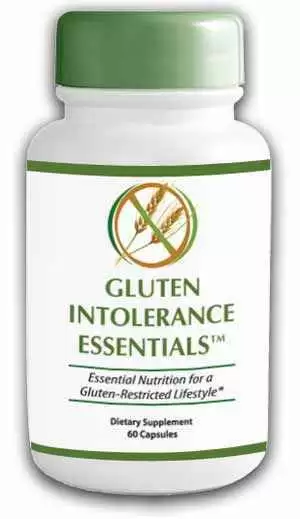Celiac.com 01/25/2007 - Under an FDA proposal published yesterday, food companies will have to meet new standards before labeling their products as gluten-free. It also provided a new definition for gluten-free which will give individuals with celiac disease greater confidence that specially labeled foods are in fact, safe for them to eat, according to the American Celiac Disease Alliance (ACDA).
The Food Allergen Labeling and Consumer Protection Act (FALCPA) passed by Congress in 2004, requires food manufacturers to clearly state if a product contains any of the eight major food allergens: milk, eggs, peanuts, tree nuts, fish, shellfish, wheat, and soy. It also required the FDA to develop and implement rules for using the term ‘gluten-free’ on food packaging.
Celiac.com Sponsor (A12):
Adhering to the gluten-free diet is the only course of treatment for celiac disease, a genetic digestive disorder. The condition, triggered by eating the protein gluten which is found in the grains wheat, rye, and barley, and hybrids of these grains affects an estimated 2 to 3 million Americans.
There is no single, world-wide accepted definition of gluten-free labeling. The levels of acceptable gluten vary from country to country, as do the symbols and terminology, permissible in the labeling. Research establishing a safe threshold of gluten consumption for those with celiac disease was recently published in the American Journal of Clinical Nutrition. The study, conducted by members of the ACDA at the University of Maryland and referenced by the FDA, concludes that celiacs can safely tolerate up to 20 parts per million (ppm) of gluten a day.
“The FDA listened to patients, food manufacturers, and members of the scientific community and came up with a well thought out proposal,” said Andrea Levario, Executive Director of the ACDA.
- There is so little research about the gluten-free diet and safe consumption levels that the agency is seeking comments on a number of related issues including:
- The appropriateness of 20 ppm gluten as the proposed threshold level as determined using an ELISA based testing method;
- The effect that adoption of a lower threshold level would have on individuals with celiac disease and on industry;
- Whether a lower threshold level might effect (limit availability of) commercially available foods labeled gluten-free in the United States;
- Whether a reduced availability would have a negative impact individuals with celiac disease; and
- Whether oats should be included in the definition of prohibited grains.
In the absence of federal rules, food companies have been using a variety of standards in manufacturing gluten-free products. This creates confusion and skepticism among individuals whose health depends on clear, accurate labeling. With only 90,000 out of an estimated 2 million celiacs diagnosed, manufacturers know that uniformity and consistency will benefit them as well consumers, said Levario.
The FDA has prepared a series of questions and answers to help consumers understand the provisions of the proposal. For a copy go to: Open Original Shared Link ; and for a copy of the gluten-free labeling guidelines go to: Open Original Shared Link .
About the ACDA
The American Celiac Disease Alliance (ACDA) was established in March 2003 to provide leadership on public policy issues affecting those with celiac disease, an inherited autoimmune disorder affecting children and adults. The non-profit serves as a national umbrella organization representing all segments of the celiac community -- research centers, physicians, patients, food manufacturers, print media, and the service industry.





Recommended Comments